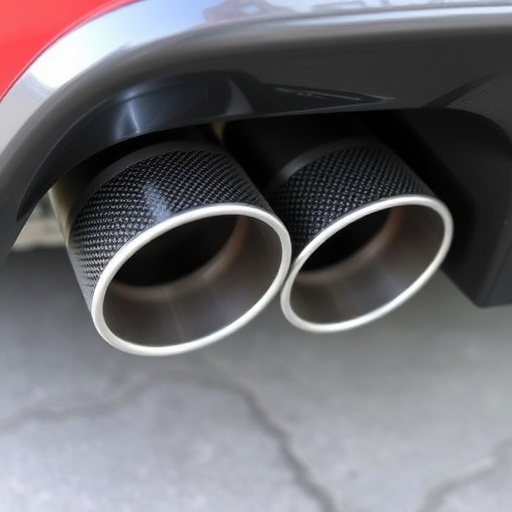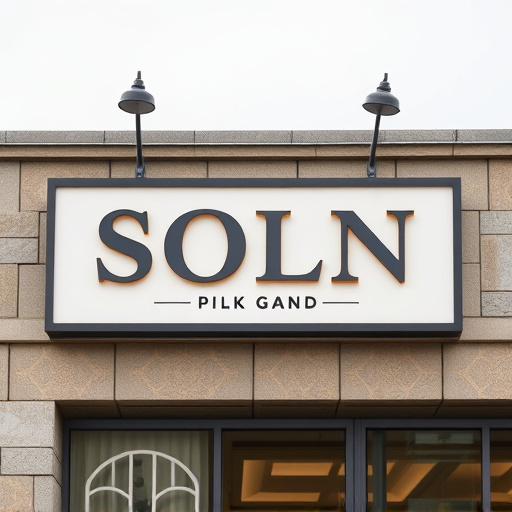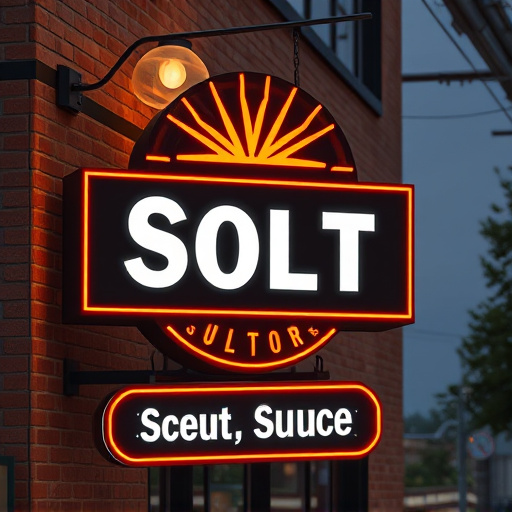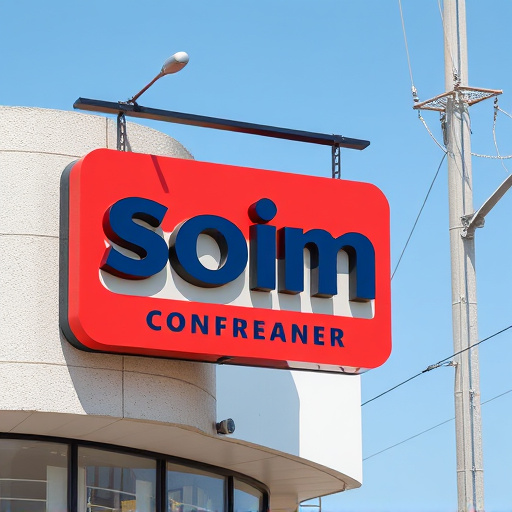Swirl marks on vehicles are caused by various factors like improper cleaning, bird droppings, or collisions, damaging the protective paint layer. Effective removal involves understanding causes and using techniques such as high-quality finishes restoration, waxing, professional polishing, cutting compounds, or protective coatings. Waxing offers a gentle, temporary solution that also protects the clear coat. For permanent repair, consider professional polishing or protective coatings that prevent further damage from oxidation and UV rays.
“Unwanted swirl marks on your vehicle’s paintwork can be a nuisance, but is waxing a viable solution for their removal? This comprehensive guide delves into the world of swirl mark remediation. We’ll explore the causes behind these unsightly imperfections and uncover the benefits of using wax as a potential fix. While waxing offers a temporary smooth surface, it has its limitations. Discover alternative methods to achieve permanent swirl mark removal, ensuring your vehicle’s paint remains pristine.”
- Understanding Swirl Marks and Their Causes
- The Benefits of Waxing for Mark Removal
- Limitations and Alternatives to Consider
Understanding Swirl Marks and Their Causes

Swirl marks, also known as scratches or scuff marks, are common issues that can appear on various surfaces, particularly in the automotive industry. These marks are caused by a variety of factors, including improper cleaning techniques, bird droppings, tree sap, and even minor collisions or mishandling. When it comes to vehicles, swirl marks can significantly impact the overall aesthetics and value of a car, SUV, or truck, especially if they’re left untreated.
The surface of a vehicle’s paintwork is designed to provide a smooth, glossy finish that not only enhances its beauty but also serves as protection against environmental elements. However, when swirl marks develop, they disrupt this protective layer, leading to visibility concerns and potential damage over time. To address this issue effectively, understanding the causes and available removal techniques is crucial. This includes exploring methods like high-quality finishes restoration and considering vehicle enhancement solutions, such as custom vehicle wraps, which can offer both aesthetic improvement and long-lasting protection against future swirl mark formation.
The Benefits of Waxing for Mark Removal

Waxing has emerged as a popular alternative to traditional swirl mark removal methods, offering several advantages that make it an attractive option for car owners and detailing professionals. One of the key benefits is its ability to gently buff away minor scratches and swirls, achieving a smooth and glossy finish without causing further damage to the paintwork. This non-abrasive approach is particularly suitable for delicate paint surfaces or vehicles with custom finishes.
Additionally, waxing provides a protective layer, enhancing the vehicle’s overall appearance and durability. Unlike some aggressive removal techniques, waxing does not remove the clear coat, preserving it and prolonging the life of the paint protection film or vehicle wraps that are often applied as additional protection. This dual benefit of improvement and preservation makes waxing an appealing choice for those seeking a long-lasting solution to swirl mark removal while maintaining the integrity of their car’s finish.
Limitations and Alternatives to Consider

While waxing can temporarily reduce the appearance of swirl marks, it has several limitations when it comes to complete removal. Waxing fills in scratches and smoothes out imperfections, giving the surface a glossy finish that may make swirls less noticeable. However, it doesn’t actually repair or rebuild the damaged clear coat or paint below. Over time, wax can wear off, exposing the swirl marks once again.
There are alternatives to waxing for swirl mark removal, including professional polishing and cutting compounds, as well as protective coatings like ceramic cerams and polyurethane. These methods address the root cause of swirl marks by physically removing the damaged clear coat or paint through mechanical action, leaving behind a smooth, even surface. Additionally, applying heat rejection films or vinyl wraps can provide a barrier against UV rays and heat, which accelerate oxidation and contribute to the formation of swirl marks.
While waxing can be an effective temporary solution for swirl mark removal, it’s important to note that it may not address the root cause. For permanent results, exploring professional detailing or specialized cleaning products designed for swirl mark removal is advisable. In terms of maintaining a sleek finish, combining waxing with proper care and regular cleaning can help prevent future swirl marks from forming.














